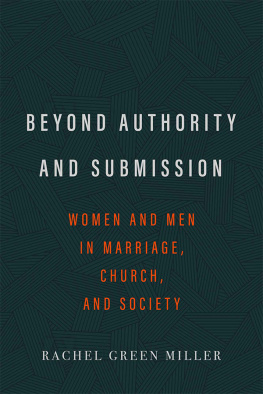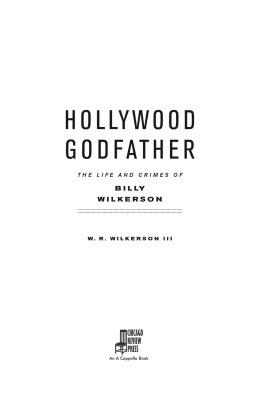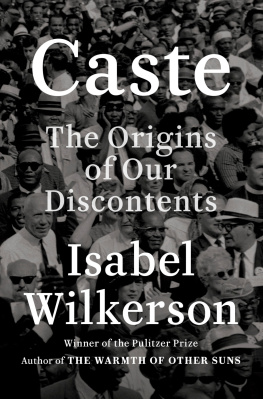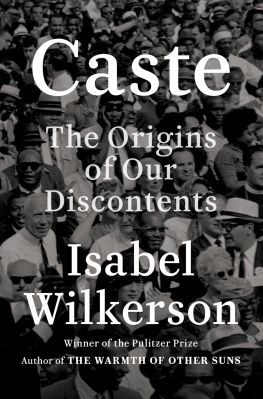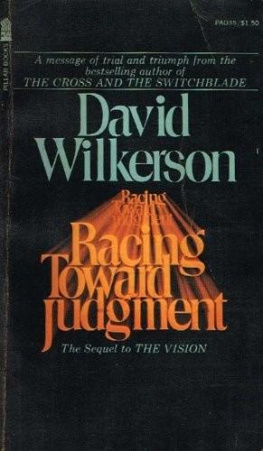Rachel Wilkerson Miller - Dot Journaling—A Practical Guide
Here you can read online Rachel Wilkerson Miller - Dot Journaling—A Practical Guide full text of the book (entire story) in english for free. Download pdf and epub, get meaning, cover and reviews about this ebook. year: 2017, publisher: The Experiment, genre: Home and family. Description of the work, (preface) as well as reviews are available. Best literature library LitArk.com created for fans of good reading and offers a wide selection of genres:
Romance novel
Science fiction
Adventure
Detective
Science
History
Home and family
Prose
Art
Politics
Computer
Non-fiction
Religion
Business
Children
Humor
Choose a favorite category and find really read worthwhile books. Enjoy immersion in the world of imagination, feel the emotions of the characters or learn something new for yourself, make an fascinating discovery.

- Book:Dot Journaling—A Practical Guide
- Author:
- Publisher:The Experiment
- Genre:
- Year:2017
- Rating:3 / 5
- Favourites:Add to favourites
- Your mark:
- 60
- 1
- 2
- 3
- 4
- 5
Dot Journaling—A Practical Guide: summary, description and annotation
We offer to read an annotation, description, summary or preface (depends on what the author of the book "Dot Journaling—A Practical Guide" wrote himself). If you haven't found the necessary information about the book — write in the comments, we will try to find it.
Dot Journaling—A Practical Guide — read online for free the complete book (whole text) full work
Below is the text of the book, divided by pages. System saving the place of the last page read, allows you to conveniently read the book "Dot Journaling—A Practical Guide" online for free, without having to search again every time where you left off. Put a bookmark, and you can go to the page where you finished reading at any time.
Font size:
Interval:
Bookmark:

A wish to record the passing events of my life, which, even if quite unimportant to others, naturally possess great interest to myself, and of which it will be pleasant to have some remembrance, has induced me to commence this journal. I feel that keeping a diary will be a pleasant and profitable employment of my leisure hours, and will afford me much pleasure in after years, by recalling to my mind the memories of other days, thoughts of much-loved friends from whom I may be separated, with whom I now pass many happy hours, in taking delightful walks, and holding sweet converse; the interesting books that I read; and the different people, places and things that I am permitted to see. Besides this, it will doubtless enable me to judge correctly of the growth and improvement of my mind from year to year.
CHARLOTTE FORTEN GRIMK
in her diary, May 1854
______
Jesus, I am graduating in four days a VIRGIN!!!
ME in my diary, May 29, 2003
THREE TIPS FOR GETTING STARTED
Keep it simple, especially at first. There are so many amazing possibilities for dot journaling, and it can be tempting to go all-in with complicated, colorful layouts immediately. But focusing too much on how your journal looks can make you more likely to get overwhelmed and ultimately give up. When I started my first dot journal, I forced myself to keep it super simple so that Id actually do it. After a month, once I was sure that the habit was going to stick, I felt more confident adding in some color. After about six weeks, I started doing more complex weekly spreads. But if Id done everything at once, Im not sure I would have stuck with it.
Do a little preplanning. If the sight of a blank notebook fills you with both intense joy and overwhelming anxiety, and if you hate making mistakes in pen, I recommend that after reading this book, you sit down with a couple of sheets of scrap paper and write out the spreads you want to try on each of the first few pages of your journal, before you actually start setting it up. (You could also use sticky notes to designate the content youre envisioning for each page.) On the other hand, dont try to plan the entire journal before you get startedits basically impossible, especially at the beginning. Which leads me to...
Dont overthink it! When youre setting up your first dot journal, its easy to feel like you need to make decisions that you can live with forever. But thats not the case at all. Dot journaling is all about flexibility, and most people who do it reevaluate their spreads every month (or every week) to decide whats working and whats not. Once you give yourself permission to change your approach whenever you feel like it, and accept that your dot journal isnt going to be perfectand that the way it looks on day 1 is likely not the way it will look on day 60its much easier to get started (and to keep going).
The impulse to write things down is a peculiarly compulsive one, inexplicable to those who do not share it, useful only accidentally, only secondarily, in the way that any compulsion tries to justify itself.... Keepers of private notebooks are a different breed altogether, lonely and resistant rearrangers of things, anxious malcontents, children afflicted apparently at birth with some presentiment of loss.
Joan Didion
Mere facts and names and dates communicate more than we suspect.
Henry David Thoreau
After youve set up your future spread, you may want to create a few lists or other spreads that you plan to update over the course of the year. Ill talk about those more in , but for now, lets focus on what will come after any and all yearly planning: the monthly spread.
This can be as simple as a very basic monthly calendar and a monthly task list. But you can make your monthly spread more or fewer pages, and can include all or just some of your events, tasks you need to tackle at some point in the month (like make a doctor appointment or renew passport) or tasks assigned to specific dates (send passport application by April 4), monthly goals, and more.
For the record, I dont usually do monthly planning in my journal; I did when I first started, but I quickly realized that I didnt look at those pages much. Now I only do it for months when I have a lot going on. Thats the beauty of this systemyou can let any part of it go without guilt if you discover that it doesnt make sense for you.
When youre first setting up your dot journal, youll only create a monthly spread for the current month. So if youre starting your dot journal in August, just do a monthly page for August. At the end of the month, youll create the monthly spread for September, migrating unfinished tasks from August to the new September spread when you do.
One fast and unfussy way to create a monthly spread is to simply list all the dates down the left side of the page. Then you can write in the bigger eventstravel, birthdays, appointments, etc.next to the corresponding date.
The task list, which can either be on the same page or a separate page, contains all the big to-dos you want to check off in a given month. When creating your task list, youll use the dot-journaling symbols... so the dot, the x, etc. (This is where the migrate and scheduled symbols really start to come in handy!)
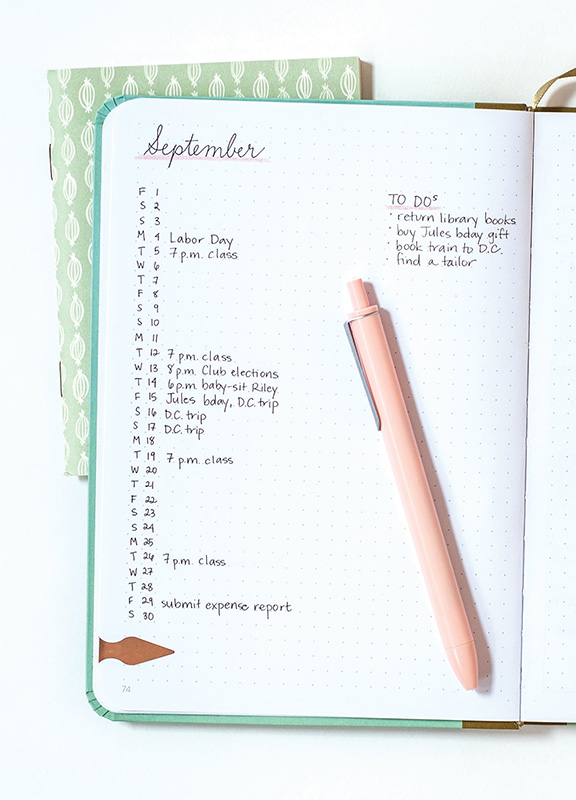
This is a good option if you decide you want to create a planner-style setup at the weekly or daily level (which Ill cover in more detail later). It also works well if you are someone who plans to maintain an electronic calendar for work meetings and events, a group I fall into. (Because my office relies heavily on Google calendars, and because our meetings frequently change, using a physical planner for every little work event doesnt make sense for me.) In either case, this spread makes tasks, reminders, goals, and motivation the focus of your monthly page.

Surpriseyou can rotate your journal ninety degrees to maximize the space and create cool spreads! If you want to be able to see the entire month at a glance and dont need to keep track of very many events, a one-page calendar could work well for you. And if you want, you could use the opposite page for monthly tasks, goals, and general inspiration (written either vertically or horizontally).
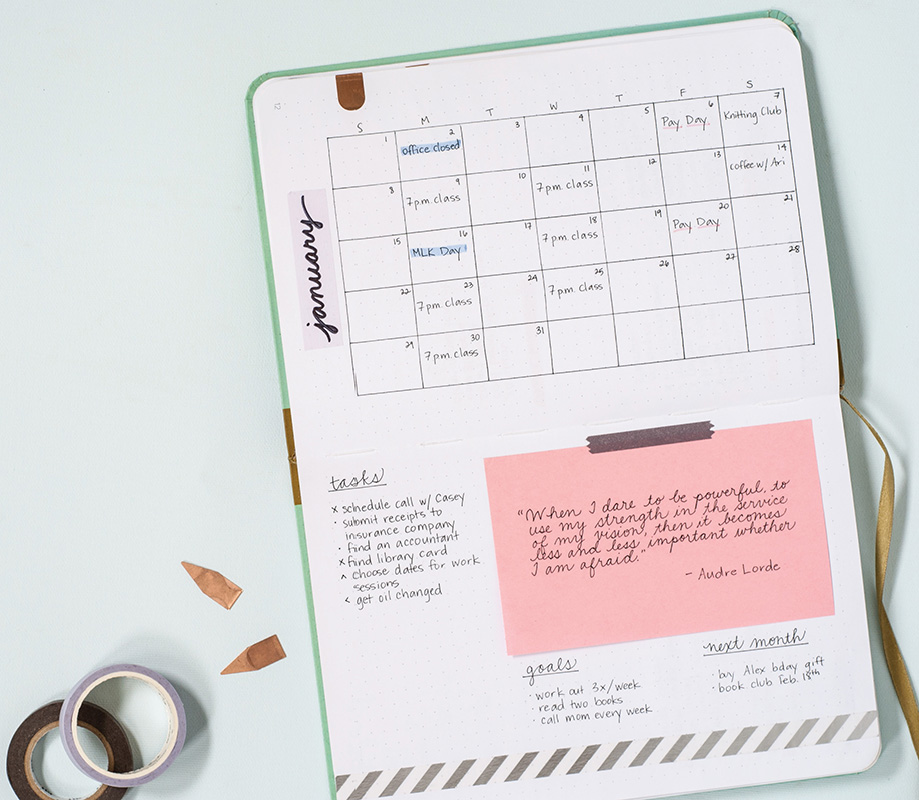
If youre using your dot journal as your main calendar/planner, you may want to devote two full pages to your monthly spread. That will give you plenty of room to write appointments, events, deadlines, and meetings. The example here adds a color-coding system, which makes it easier to spot certain items at a glance (and it looks nice!), but the spread works perfectly well in a single color.

Font size:
Interval:
Bookmark:
Similar books «Dot Journaling—A Practical Guide»
Look at similar books to Dot Journaling—A Practical Guide. We have selected literature similar in name and meaning in the hope of providing readers with more options to find new, interesting, not yet read works.
Discussion, reviews of the book Dot Journaling—A Practical Guide and just readers' own opinions. Leave your comments, write what you think about the work, its meaning or the main characters. Specify what exactly you liked and what you didn't like, and why you think so.

